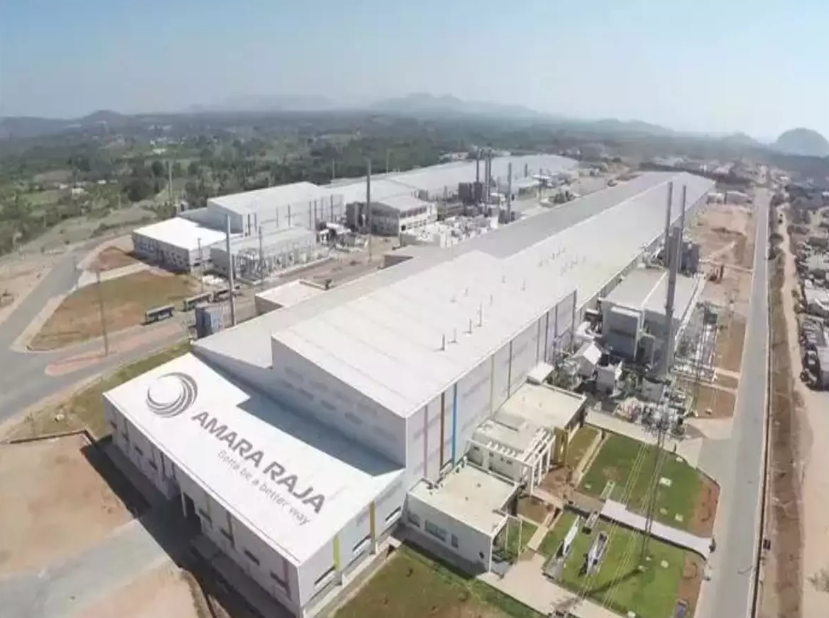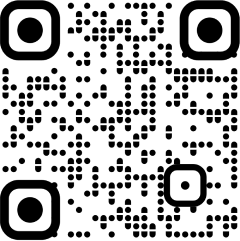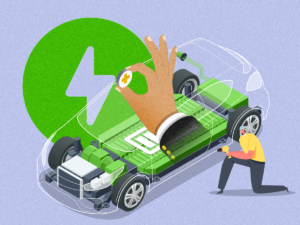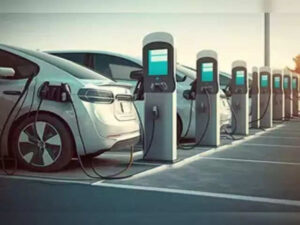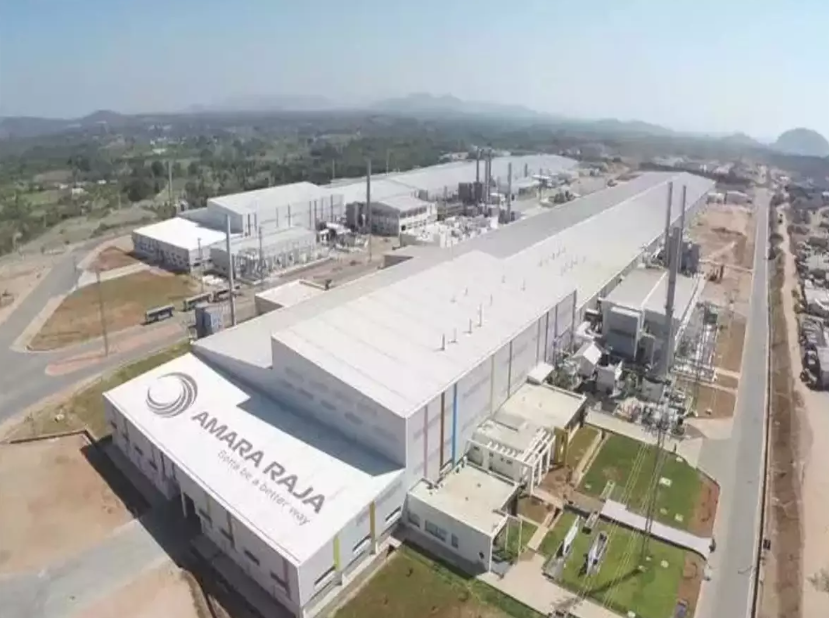
Mumbai: Electric vehicles, powered mainly by Lithium-ion batteries, may be the future, but the good old lead acid battery, which powers internal combustion vehicles, may not be going away anytime soon. Amara Raja Batteries, one of the two biggest players in the automotive battery space, is “very confident” that it will remain good for at least a decade more, with a “conservative” outlook.

That’s one of the reasons fuelling the company’s legacy business to look for a manufacturing presence overseas for the first time. Harshavardhana Gourineni, ED, Amara Raja Energy & Mobility, sees international opportunities to tap. “We’re looking to unlock some capacity domestically and also look for consolidation opportunities globally,” Gourineni tells ETAuto.
Amara Raja currently has a manufacturing network of eight plants, spread between Tirupati and Chittoor in Andhra Pradesh, with a cumulative annual production capacity of 50 million batteries. Of the total capacity, 40 million is for two-wheeler batteries.
The company has a stronger presence in the aftermarket. It leads the pack in two-wheeler batteries, and is second to Exide in the four-wheeler battery business, in the aftermarket “We’ve been trying to get about 50% of our automotive sales from the domestic aftermarket, 25% from OE and 25% from exports, aftermarket, again, But we’re also growing much quicker on exports, so that could be looking quite different going forward, “ says Gourineni.
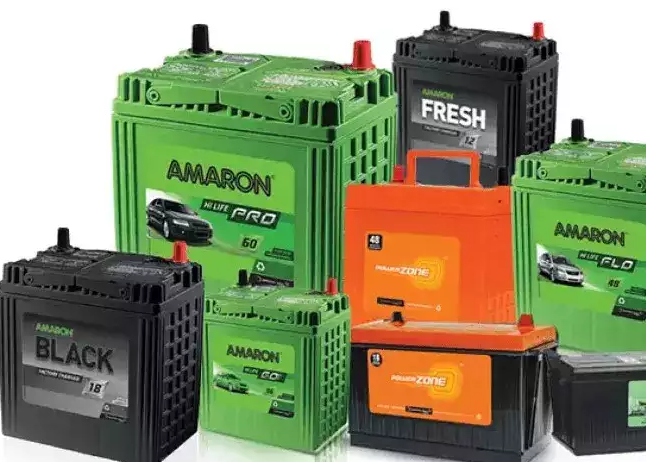
Internationalisation strategy
Entering new markets like Europe, or gaining advantage in regions like South East Asia, and Middle East where Amara Raja has a market presence, are key drivers for the plan for inorganic moves. Overcoming “pretty significant” import duty hurdles in markets like North Africa, Middle East, is another factor. Gourineni says, “So if we can find, line up some capacity, or even underwrite some capacity and offer some technology to the region, we’d be able to add all of that to our bottom line.”
The Indian major is looking at midsize companies who may not be looking at addressing the new energy space, which primarily is advanced battery technology for electric vehicles and other applications. Gourineni didn’t specify about investments earmarked for the inorganic moves, but said being a debt free company Amara Raja can “definitely pursue multiple opportunities if needed”.
The USD 2 billion or INR 200 crore Amara Raja Group is aiming to treble its top line by 2029. The legacy lead acid battery is expected to contribute half of the targeted USD 6 billion or INR 600 crore, currently it stands at a little over USD 1 billion. The new energy business of lithium-ion batteries is set to be the major growth driver for the Group.
For the new business, which is part of the Group’s sustainable growth strategy, an INR 9,500 crore plan has been announced to set up an Amara Raja Giga Corridor with a capacity of 16 GWh for cells and 5GWh for battery packs over the next ten years. It’s pursuing partnerships for the new business too. These could be to build capabilities in areas like power electronics, BMS (battery management system). “We have a lot of requirements, and we’re working with (partners) and pursuing other opportunities for those,” says Gourineni.
Amara Raja has already signed a technology pact with Gotion-InoBat Batteries, a JV between Chinese firm Gotion and Slovakian company InoBat for manufacturing Lithium-ion cells with LFP (Lithium Iron Phosphate) in India. The Indian company is also a 9.23% equity stakeholder in InoBat. In August this year, it signed a technology collaboration with a Chinese company Jiangsu Highstar Battery Manufacturing, for Lithium-ion batteries with NMC (Nickel Manganese Cobalt) chemistry.
For the legacy business he leads, the third generation entrepreneur Gourineni says there’s still good scope for lead acid batteries to grow as the power demand in vehicles is going up, beyond the powertrain. “There’s a lot more electronics on board. Whether it’s your backup cameras or automatically tightening seat belts..there’s all sorts of things that need a constant source of power,” says Gourineni.
These electrical demands require better performing batteries, and Amara Raja is betting on superior lead acid battery technologies like AGM (Absorbent Glass Mat),and Bipolar. It has been manufacturing AGM batteries for many years now, and is actively working on the latter.

